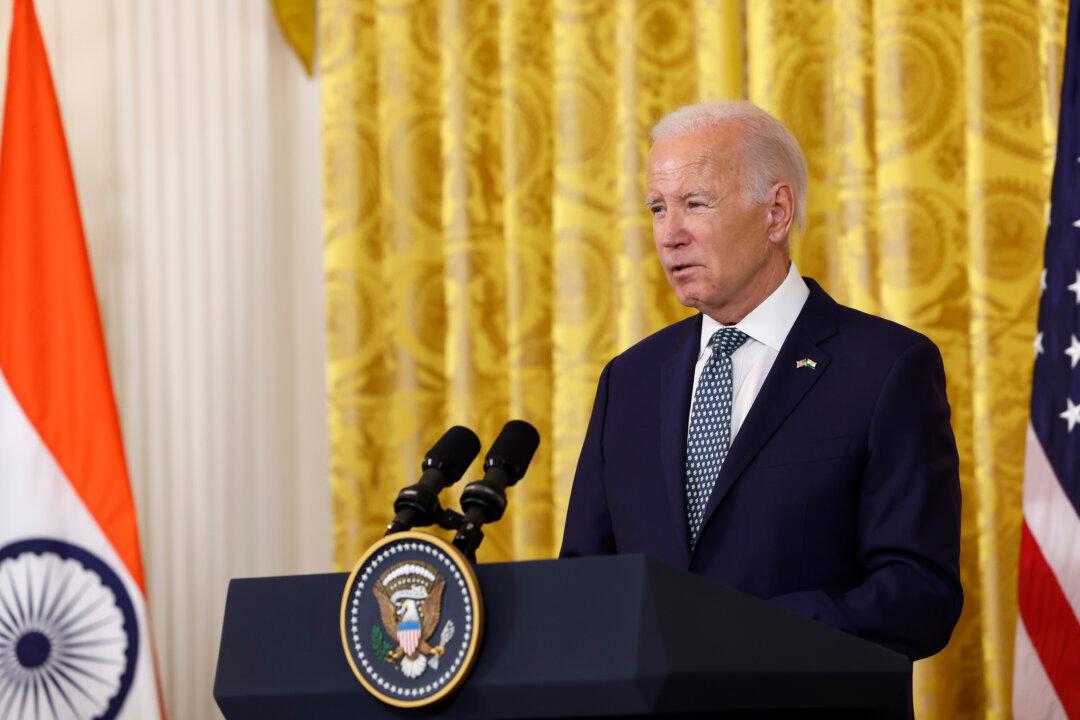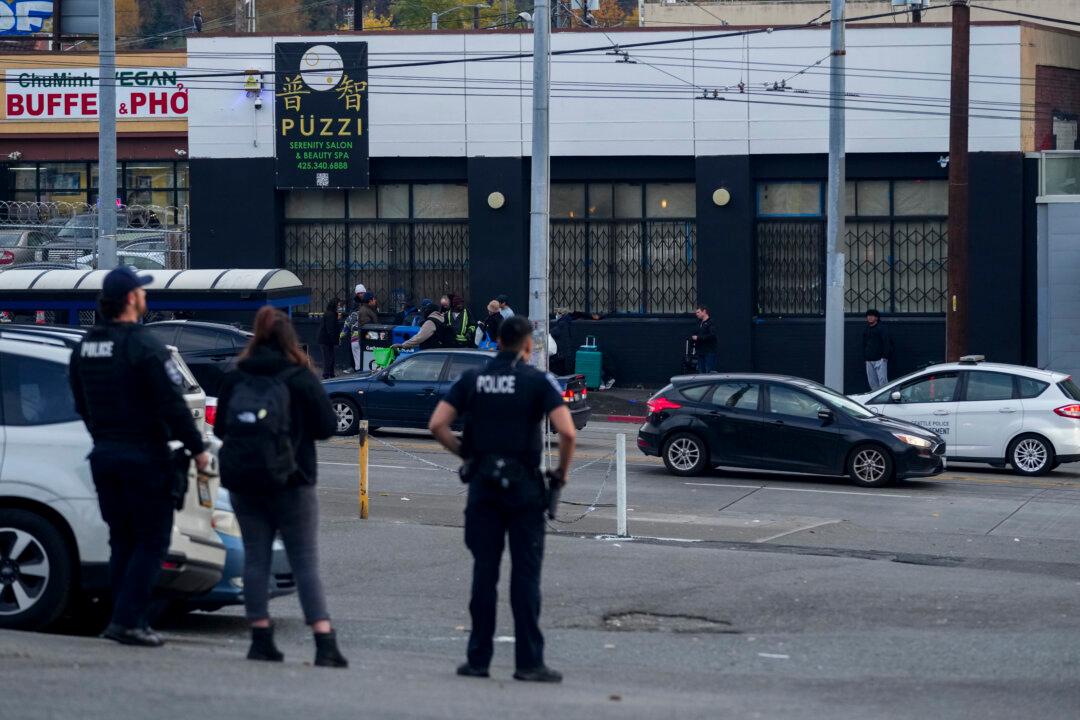The Biden administration has announced that the government will divvy up $42 billion among the nation’s 50 states in an effort to expand high-speed broadband to every household and small business throughout the United States by 2030.
In a fact sheet released on June 26, the White House said access to high-speed internet is no longer a luxury, but a necessity for many Americans to complete the different roles in their jobs, participate in school projects, or stay connected with loved ones.





